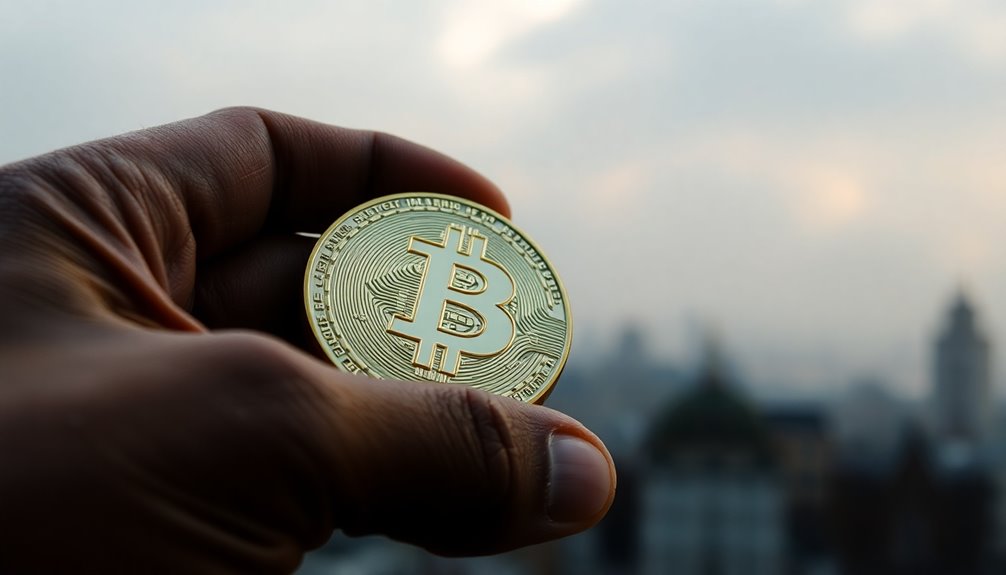If you've been watching Bitcoin's journey, you know it's a wild ride. Prices swing dramatically, yet those who hold their investments often see impressive returns over time. With around 14% of Bitcoin's supply untouched for a decade, it raises an important question: what does this steadfastness mean for the future? Understanding the dynamics of patience in this volatile market could be key to navigating your own investment strategy.

Bitcoin, as a digital asset, offers unique rewards for those who choose to hold onto it rather than trade frequently. By holding Bitcoin through its ups and downs, you're part of a decentralized ownership model that reflects the asset's open-source nature. With around 74% of Bitcoin owners holding less than 0.01 BTC, it's clear that small investors dominate the landscape. This accessibility makes Bitcoin appealing to a broad audience, allowing everyday individuals to participate in a global financial system.
The concept of Bitcoin halving plays a significant role in its value and scarcity. Halving events, which reduce the block reward for miners by 50%, occur roughly every four years. The latest event took place on April 20, 2024, and reduced the reward to 3.125 BTC. Historically, these halvings have contributed to Bitcoin's price fluctuations, although the relationship isn't always clear-cut. As a holder, you may benefit from the increased scarcity that follows these halving events. Tax benefits from holding Bitcoin in a retirement account can further enhance the overall rewards for long-term investors.
Miners, despite facing reduced rewards, often choose to hold onto their Bitcoins, creating what's known as a "sticky supply." This long-term holding strategy can influence market dynamics, especially as miners need to manage their operational costs while maintaining network security. If they can keep their Bitcoin during tough times, it strengthens the asset's position and can lead to future price increases. Currently, approximately 40% of Bitcoin supply is attributed to identifiable groups, which further emphasizes the significance of long-term holders in the market.
Miners' long-term holding strategy fosters a "sticky supply," enhancing Bitcoin's stability and potential for future price growth.
Your experience as a Bitcoin holder also ties into the impact of exchanges, like Binance and Robinhood, which hold significant amounts of Bitcoin for millions of users. These exchanges act as custodians, representing decentralized ownership while playing a crucial role in facilitating transactions. The security of these platforms is essential, as it protects your assets from potential threats.
Historical price movements show that Bitcoin can endure volatility yet still present opportunities for long-term growth. From a low of $125 to a peak of over $38,000, Bitcoin's journey has been anything but stable. However, many long-term holders have reaped the rewards, as around 14% of the total supply hasn't moved in a decade, indicating a commitment to holding through uncertainty.











